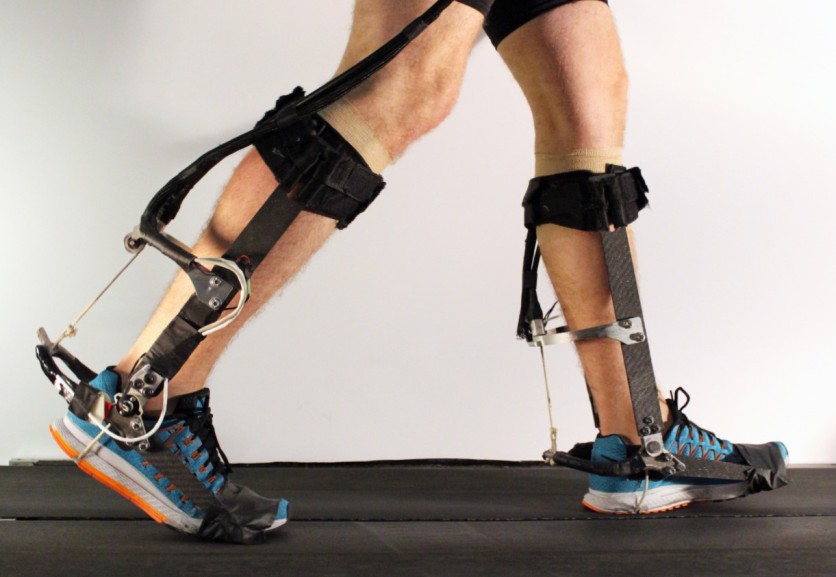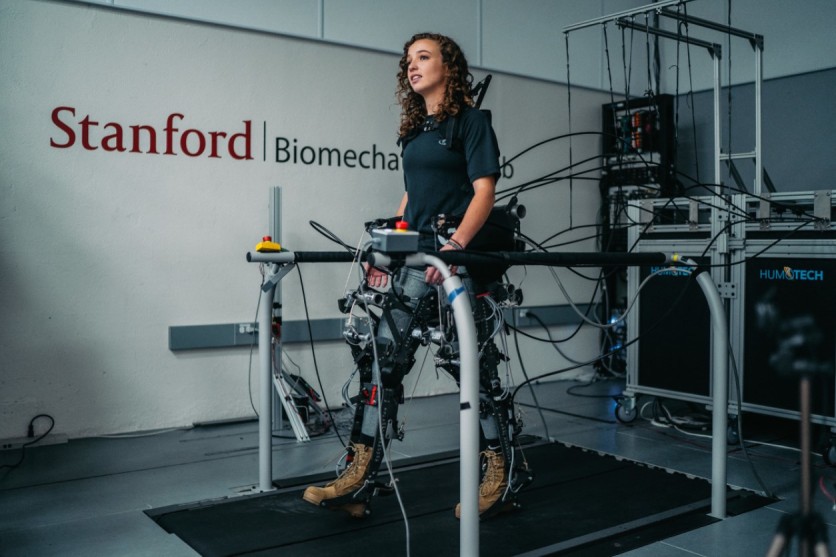People with mobility problems often rely on a companion or walking aid like a crutch, to help them move from one location to another. However, there's a more advanced way to improve their quality of life regarding assisted walking.
A group of researchers from Stanford's Biomechatronics Laboratory created a robotic exoskeleton that acts as a robotic boot for the wearer.
This invention can assist people with mobility issues to walk normally again like any other human being on the streets.
Stanford Exoskeleton For Mobility-Impaired

After years of endless practice of machine learning, the researchers have finally arrived at a worthwhile robotic invention for people with difficulties with walking.
According to TechCrunch, the team from Stanford's Biomechatronics Laboratory developed a personalized exoskeleton designed for mobility assistance.
"This exoskeleton personalizes assistance as people walk normally through the real world. And it resulted in exceptional improvements in walking speed and energy economy," Steve Collins, a mechanical engineering associate professor, said in a release.
According to Collins, this robotic boot thrives via a machine-learning model from emulators. For every step the wearer makes, the machine gives an extra push for less effort and energy.
Compared to other existing exoskeletons, Stanford's robotic boot can allow users to save twice the energy that they use on the other robotic boots.
Patrick Slade, a Ph.D. student who helped in the development of the exoskeleton, said that this "translates to significant energy savings and walking speed improvements."
The engineers wanted to give some hope to people with a mobile impairment; that's why they came up with this idea. Particularly, they aimed to aid the elders to move as freely as they wanted without any assistance from other humans.
The Stanford team said that this technology might be commercialized for public use in the next few years.
According to Biomechatronics Lab graduate student Ava Lakmazaheri, the first-time wearer could feel a huge difference when using it in the first few minutes.
Lakmazaheri added that there could be some adjustments for the part of the user within the first 15 minutes of walking. However, after a few moments, they will begin to experience how it feels to walk in the most natural way possible.
Related Article: Stanford Scientists Create 'OceanOneK' - A Humanoid Robot That Can Dive In Ocean Depths!
30 Pounds Lighter and Walk Faster

In another article by Popular Science, the exoskeleton is a huge breakthrough in robotics not only because it can directly help people struggling with their walking.
Once their toes are locked up on the robot boot, they could feel 30 pounds lighter than usual. The researchers noted that it's like "taking off a 30-pound backpack," hence the reference.
Additionally, the wearer could also feel that he/she could walk 9% faster while spending 17% less energy in walking per distance traveled.
Finally, after two decades, Stanford engineers are already reaping what they sow with this robotic boot. It might have taken them a very long time to arrive at the final product, but in the end, it's all worth the blood and sweat.
The next step for the researchers is to devise another variation of the exoskeleton, but this time is designed for people with poor balance and joint pain.
Read Also: This Child-Sized Humanoid Robot Can Tell If Your Child Has a Mental Health Issue
This article is owned by Tech Times
Written by Joseph Henry
ⓒ 2025 TECHTIMES.com All rights reserved. Do not reproduce without permission.




